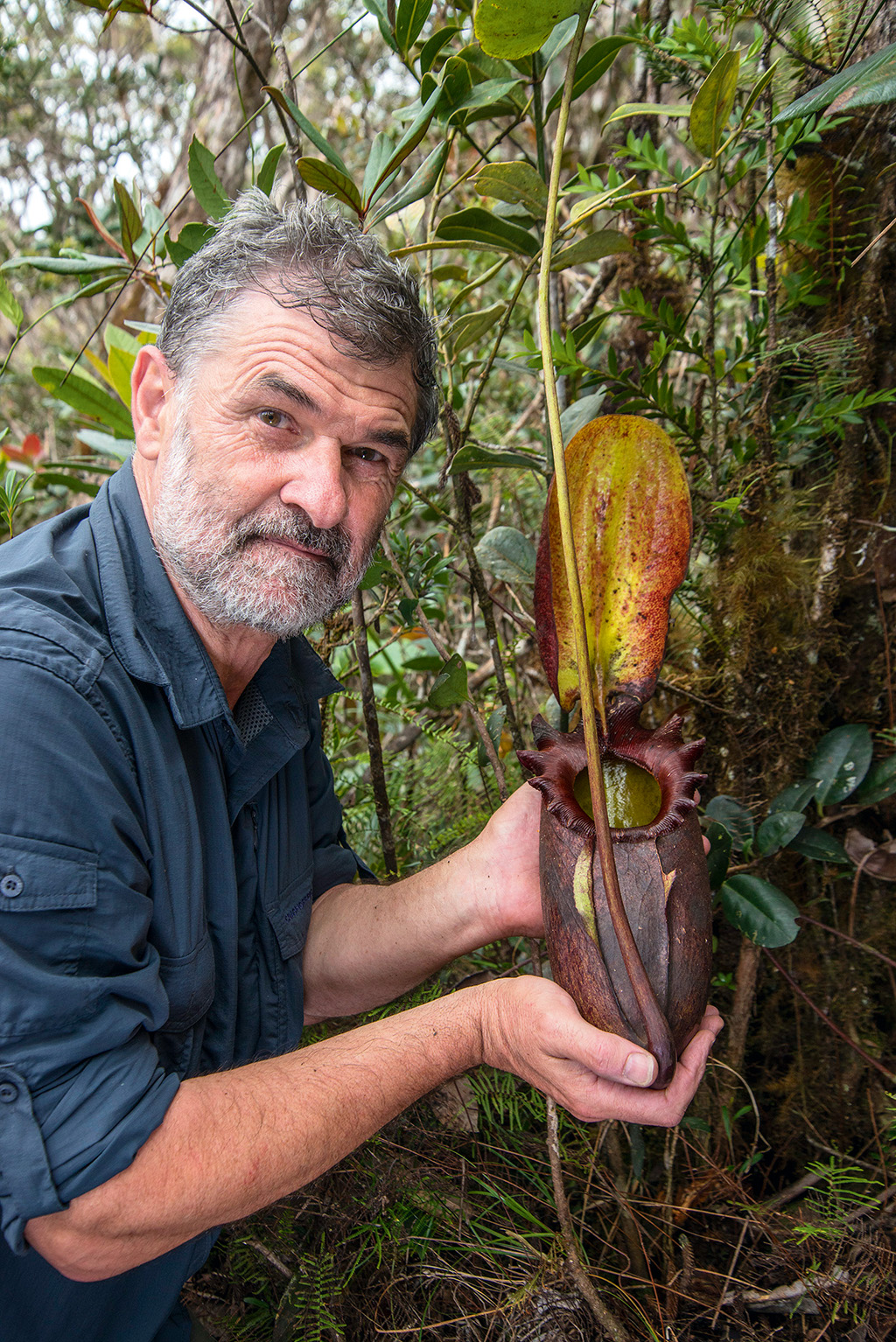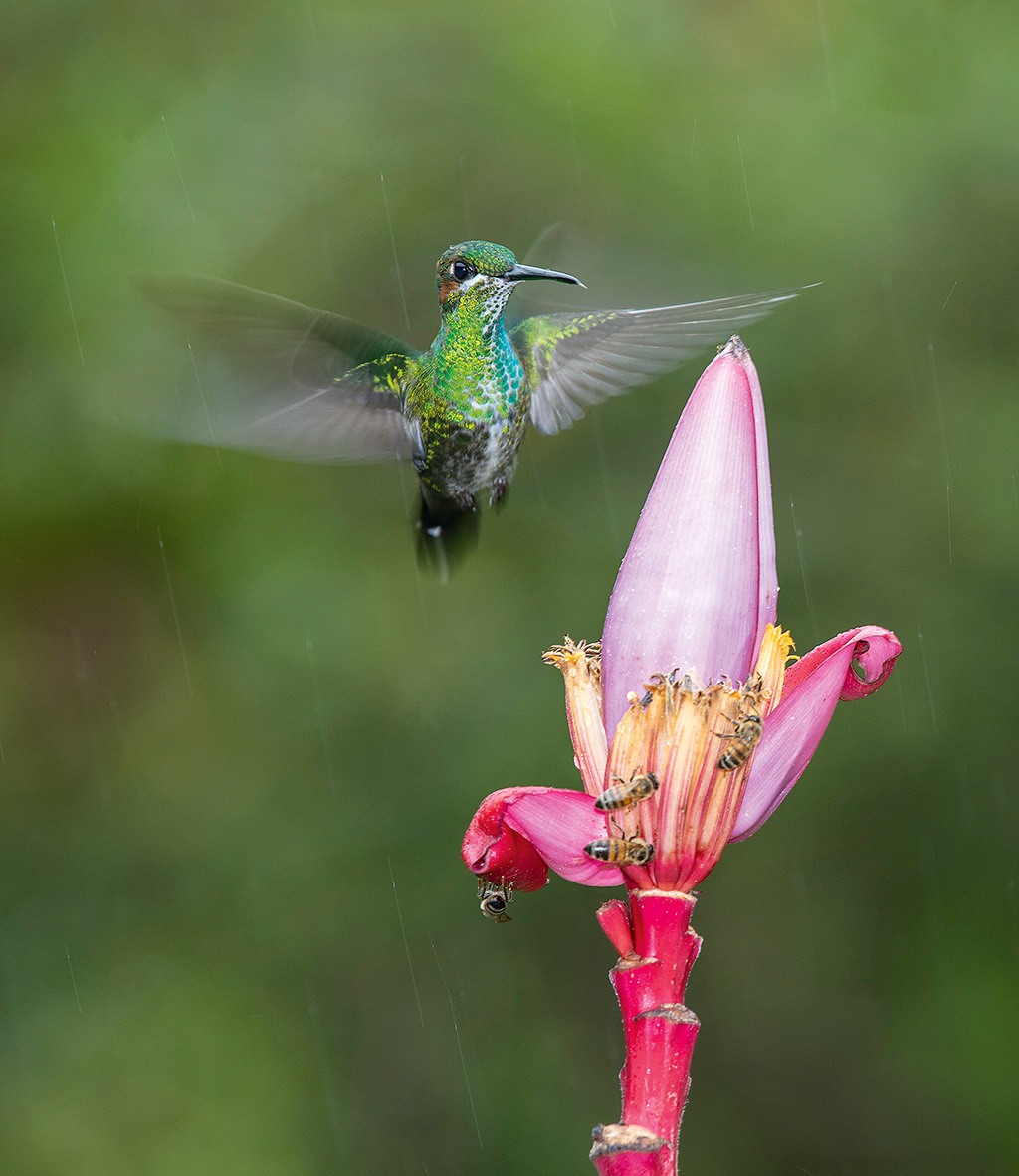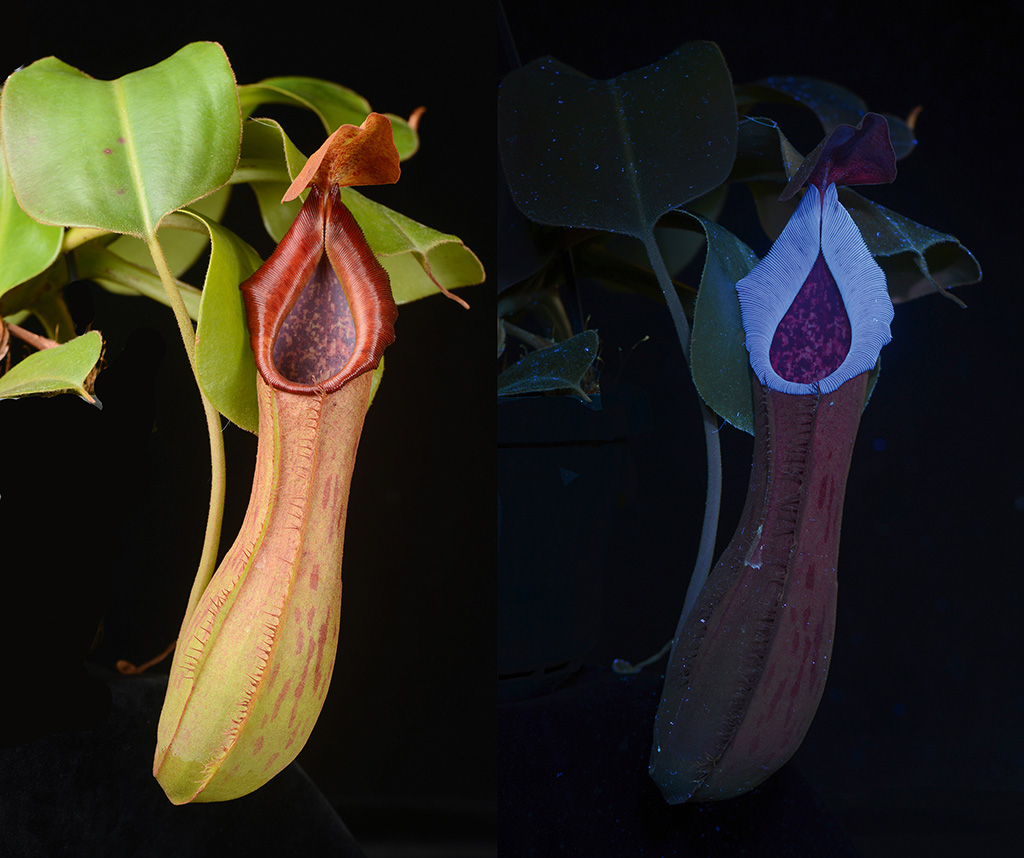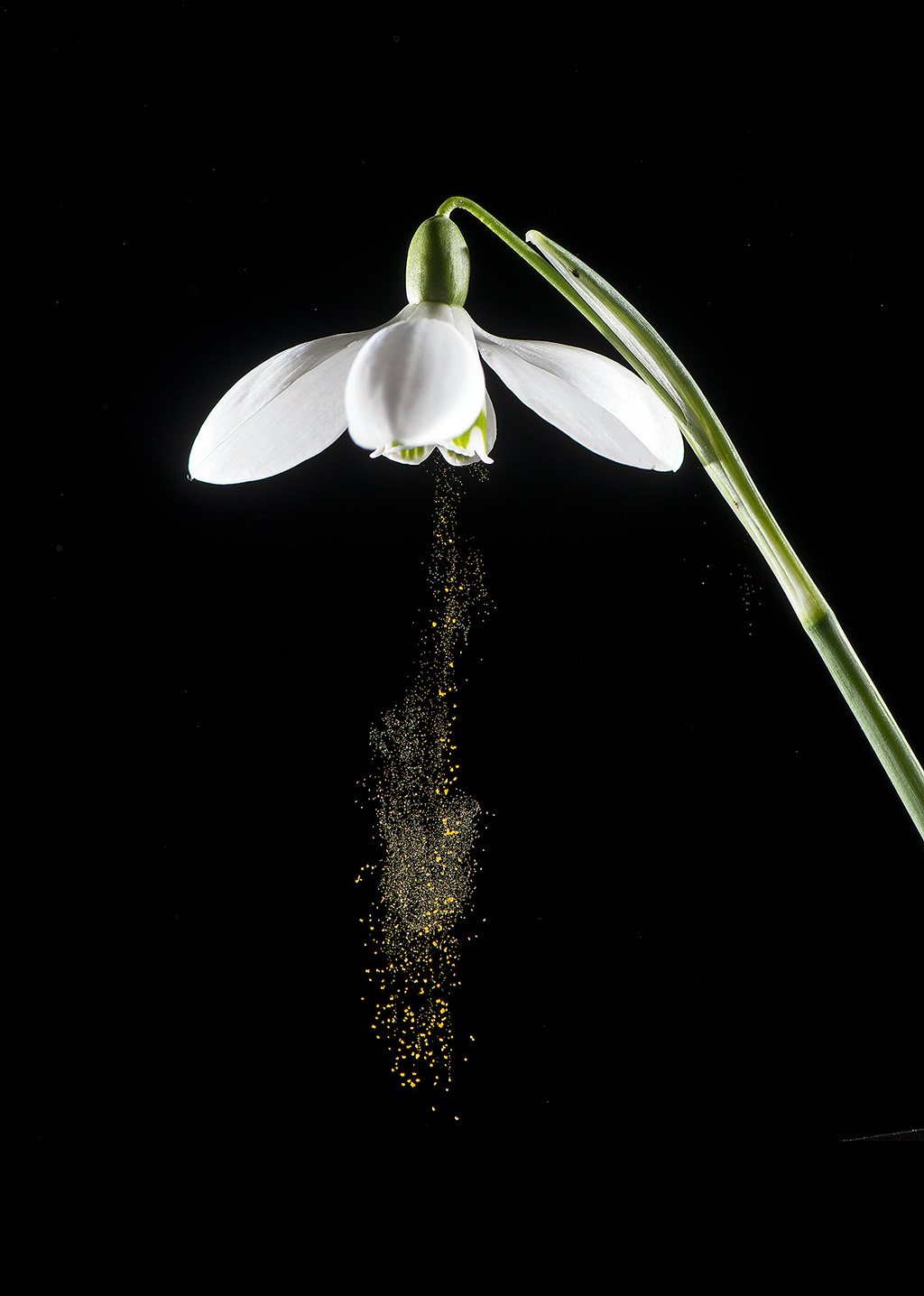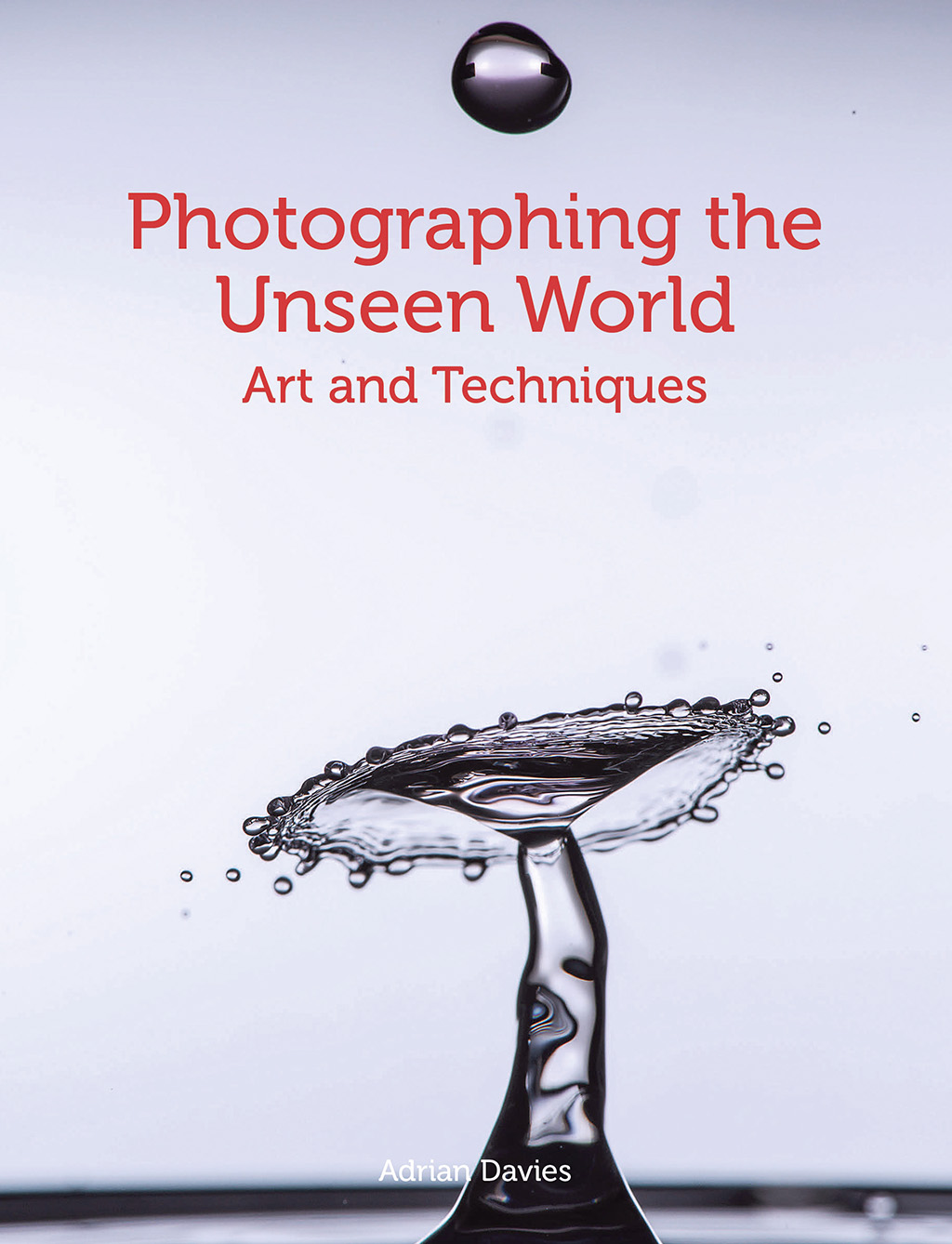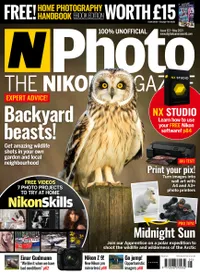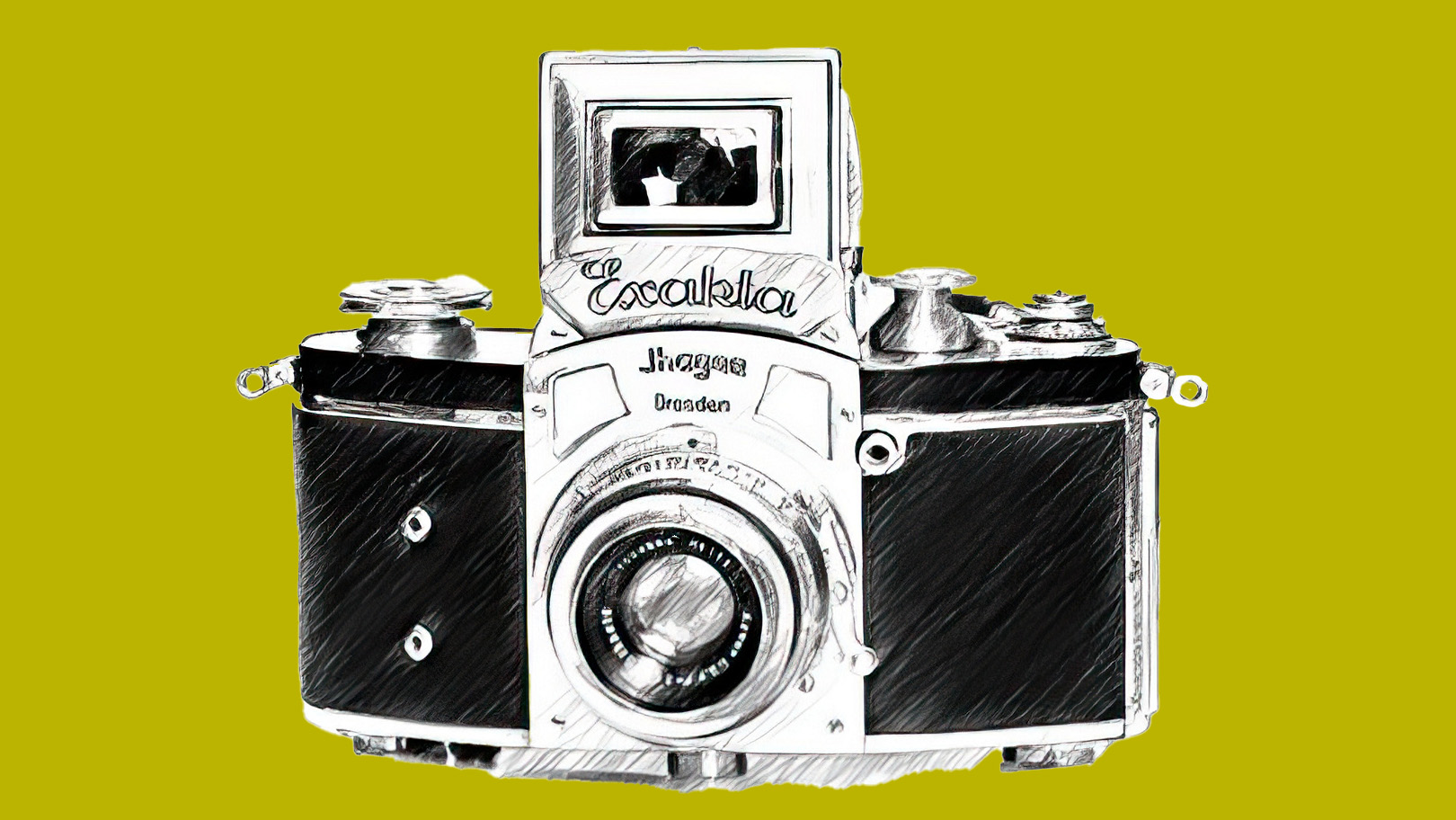Do you see what I see? How Adrian Davies shoots things unseen to the naked eye
Wildlife, natural history, botanical and scientific imaging photographer Adrian Davies shares his tricks of the trade for macro magnificence
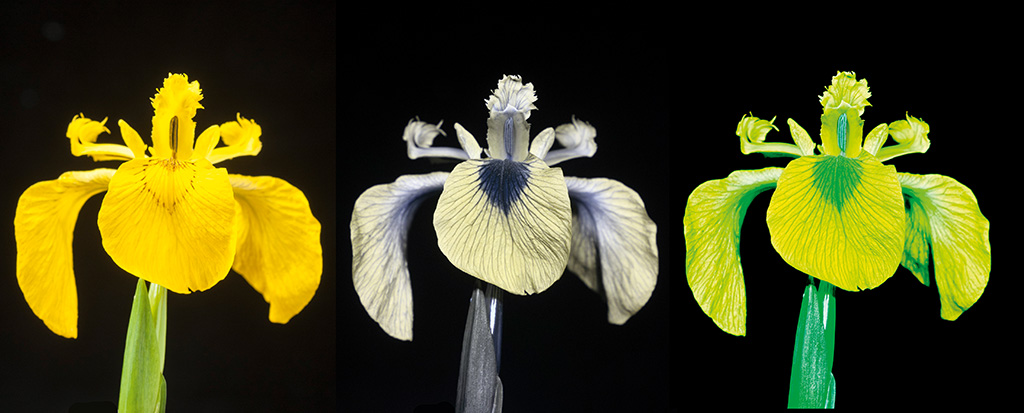
I am a natural history/wildlife photographer and have always looked to photograph my subjects in different ways to set myself apart from the competition. I’m fascinated by all natural history, particularly plants, and how they might appear to other animals, such as insects. I have been shooting flowers and other plants under ultraviolet light for several years to show this, and have developed my own techniques to show the subjects as insects might see them.
The primary aim of my book Photographing the Unseen World is to show readers how to shoot otherwise ‘invisible’ subjects with readily available, or easily (and cheaply) modifiable equipment. Some of the techniques are rarely used today (such as UV reflected), and I wanted to show how easy this could be, and how valuable and interesting the results can be.
All the studio shots were taken in my small log cabin in my garden, while the location images were shot in a variety of places in the UK, and some overseas locations such Costa Rica. I went to Costa Rica specifically for hummingbirds and bats. For the former, I knew that I did not want to produce the classic-razor sharp images of hummingbirds hovering in front of flowers. Instead, before going, I tested flash/daylight setups to produce a photo where the body of the bird is sharp and the wings blurred, to show movement.
It’s a tiny, tiny, world
Almost all the images were shot specifically for the book. I made an image list for each chapter at the start and then spent several months compiling the resources – growing plants or finding the right subjects.
I have always used Nikon equipment, starting with a Nikkormat FTN in the ’70s. I find Nikon kit to be always reliable and I use their cameras and flashguns almost exclusively: my D810 and D850 cameras for visible light, while I have had my D300 and D800 full-spectrum cameras converted for UV and IR. The cameras produce superb results, often in difficult conditions. I mainly use 105mm and 200mm Micro lenses for close ups, and elderly EL Nikkor enlarging lenses for UV reflected work, among other Nikon lenses.
I also use Nikon SB 5000 and SB 900 flashguns, and the Nikon SU 800 Macro flash kit. All these flashguns give excellent results, and can be linked together in a variety of different ways very easily.
I really enjoyed the sheer variety of subjects and techniques I had to cover to shoot the book; when I wasn’t able to shoot infrared, I could work on high-speed shots in the studio. But there were frustrations too; some subjects had to be shot many times and others didn’t work the first time around – triggering the camera for high-speed work was often rather hit and miss!
The best camera deals, reviews, product advice, and unmissable photography news, direct to your inbox!
Photographing the Unseen World by Adrian Davies (£18.99, Crowood Press), shows how you can shoot a range of subjects and see the world as never before.
Read more:
Best Nikon cameras
N-Photo: The Nikon Magazine is a monthly publication that's entirely dedicated to Nikon users. For the best news, reviews, projects and more, subscribe to N-Photo today!
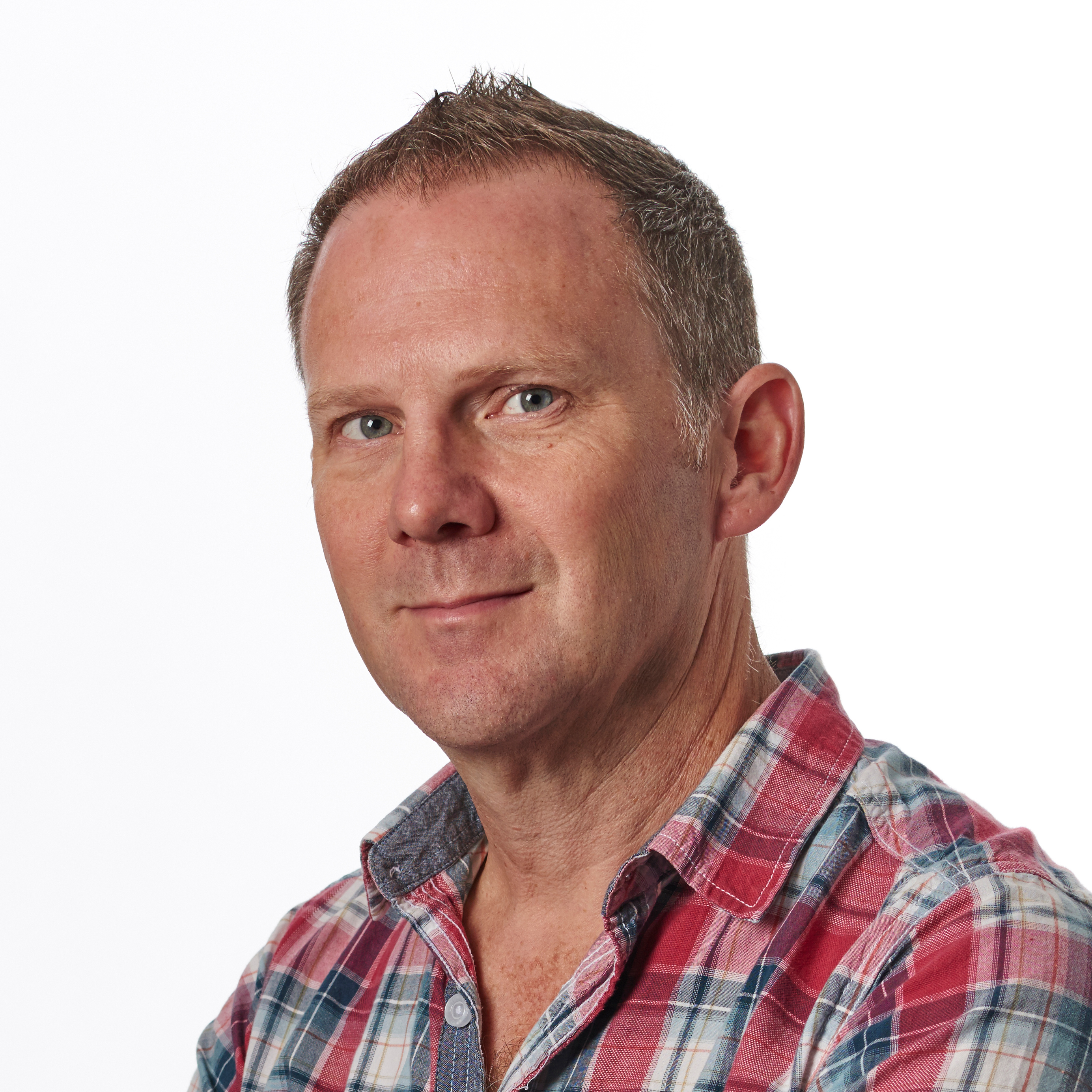
Prior to joining digitalcameraworld.com as Guides Editor, Adam was the editor of N-Photo: The Nikon Magazine for seven years, and as such is one of Digital Camera World's leading experts when it comes to all things Nikon-related.
Whether it’s reviews and hands-on tests of the latest Nikon cameras and lenses, sharing his skills using filters, tripods, lighting, L brackets and other photography equipment, or trading tips and techniques on shooting landscapes, wildlife and almost any genre of photography, Adam is always on hand to provide his insights.
Prior to his tenure on N-Photo, Adam was also a veteran of publications such as PhotoPlus: The Canon Magazine, so his wealth of photographic knowledge isn’t solely limited to the Big N.
